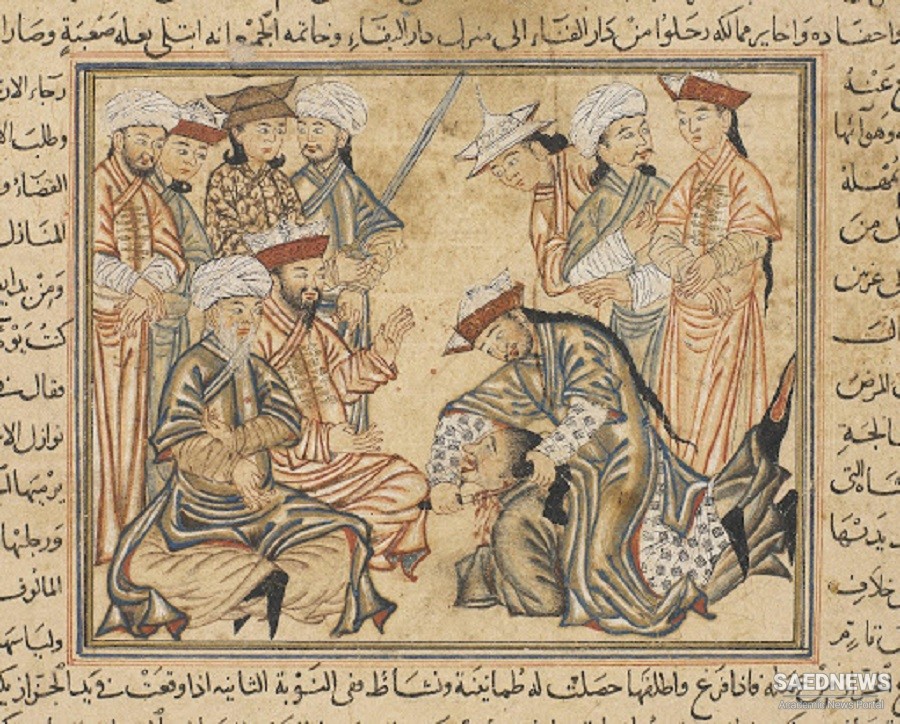The primary duty of both governors and local potentates was to collect taxes and provide troops if needed. The chief governorship in the Samanid domains was the huge province of Khurasan, south of the Oxus River, which was at first entrusted to a relative of the ruler or later to one of his trusted slaves. The governor of this province was usually the sipah-saldr (Arabic: sahib al-juyush) or commander of the principal army. Slaves, just as in Baghdad, could rise to high positions of authority, and the palace school for court slaves is described in detail by Nizam al-Mulk in his Siyasat-nama. The system of training remained a model for succeeding dynasties. Just as at Baghdad, so in Bukhara Turkish slaves eventually succeeded in usurping authority and the ruler became almost a puppet in their hands. The division of political functions between the court (dargah) and the chancery mirrored similar conditions at Baghdad. The office of prime minister or vizier (vazir), was especially important, for a powerful minister could appoint and dismiss other officials and could even hold command of the army. Theoretically the vizier was the head of the divan, the bureaucracy, and thus was the counterpart in the bureaucratic institution of the head of the court, the chamberlain (hajib). Actually, the vizier became the right-hand man of the amir, and thus in effect the second in command in the Samanid state. The hajib y or hajib al-hujjdb as he is also called in the sources, was the equivalent of a modern minister of court, although under the early Samanids the vakil, or head of the amir's household seems to have been more influential than the hajib. As the Turkish palace guard became more powerful, the office of hajib, which included authority over the guard, also increased, primarily at the expense of the vakil. Thus the constant factor in the government of the Samanid state was the bureaucracy, presided over by the vizier, whereas the court could be the scene of conflict for power between the domestic organization managed by the vakil and the executive branch of the dargah run by the hajib.


 Premodern Aristocracy in Persia and Formation of Safavid Bureaucratic Body
Premodern Aristocracy in Persia and Formation of Safavid Bureaucratic Body














































